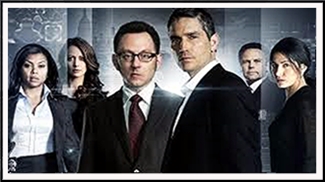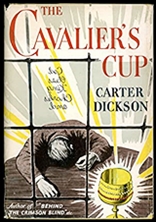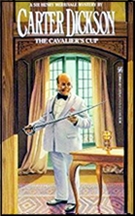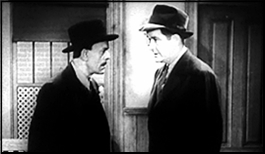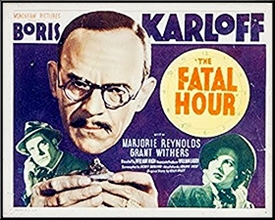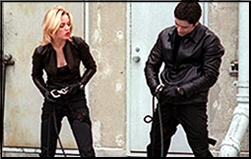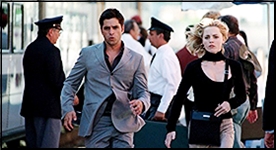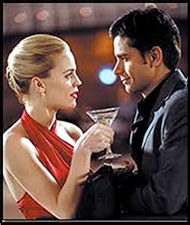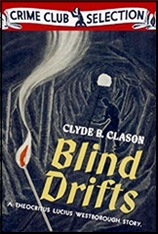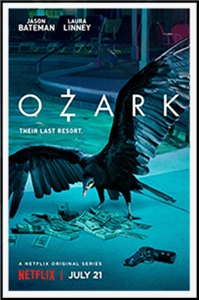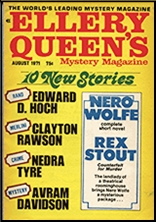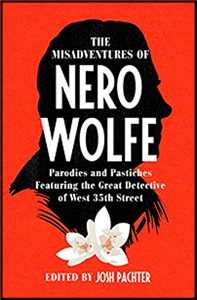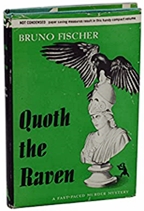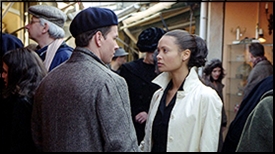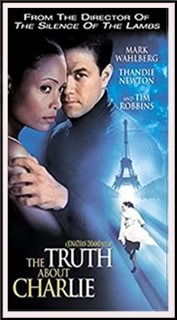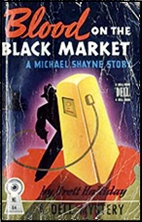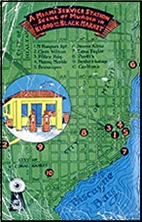Tue 23 Jun 2020
A TV Episode Review: PERSON OF INTEREST “Pilot†(2011).
Posted by Steve under Reviews , TV Science Fiction & Fantasy[10] Comments
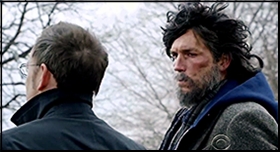
PERSON OF INTEREST “Pilot.†CBS, 22 September 2011. Jim Caviezel as John Reese, Michael Emerson as Harold Finch. Guest cast: Natalie Zea. Seriescreated by Jonathan Nolan; executive producers: Nolan, J. J. Abrams, Bryan Burk, Greg Plageman, Denise Thé, and Chris Fisher. Director: David Semel.
This series lasted for five years, but when it was first suggested to me that it was excellent and I really had to watch it, it was part way through the third year, and believe you me, I had no idea what was going on. Science fictional TV series like this one has a tendency to get that way, especially when the basic concept was so complicated to begin with.
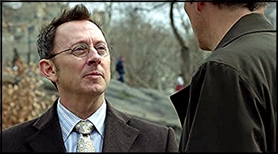
To wit: A former government contractor named Harold Finch is the man who helped build a super computer program that… What the hell. I’m just going to quote Wikipedia:
“…that is capable of collating all sources of information to predict terrorist acts and identify people planning them. The Machine also identifies perpetrators and victims of other premeditated deadly crimes, but, because the government considers these ‘irrelevant,’ he programs the Machine to delete this information each night. Anticipating abuse of his creation, Finch created a backdoor into the Machine. Tormented by the ‘irrelevant’ deaths that might have been prevented, he eventually decides to use his backdoor to act covertly. To escape detection, he directs the Machine to provide only a tiny fragment of data: the social security number of a ‘person of interest.’ The person may be a victim, a perpetrator, or an innocent bystander caught up in lethal events.â€

In the pilot, the social security number is that of a successful female prosecutor. What kind of problem is she having, or will she have? There are many low life characters in her life every day. Is she in danger? To help him find out, Finch recruits John Reese (Jim Caviezel) – and quoting Wikipedia again, he is “a former Green Beret and CIA agent now presumed dead.†Finch needs him as a leg man to investigate.
It’s a great concept, and this the first episode is slickly done, with a twist or two that brought a smile (or several smiles) to my face.. It’s no wonder the show went on to great success.
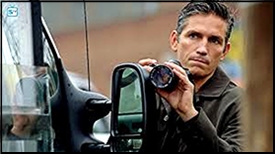
I’m not sure, though, whether I want to invest the equivalent of five years’ worth of episodes, especially, as I said the outset, I think the show went off in directions that even those who made this pilot had no idea of that far in advance. Fringe was another series that I enjoyed for maybe two years before the plots became way way too complicated, at least for me.
I welcome any advice you may have to offer on this.
